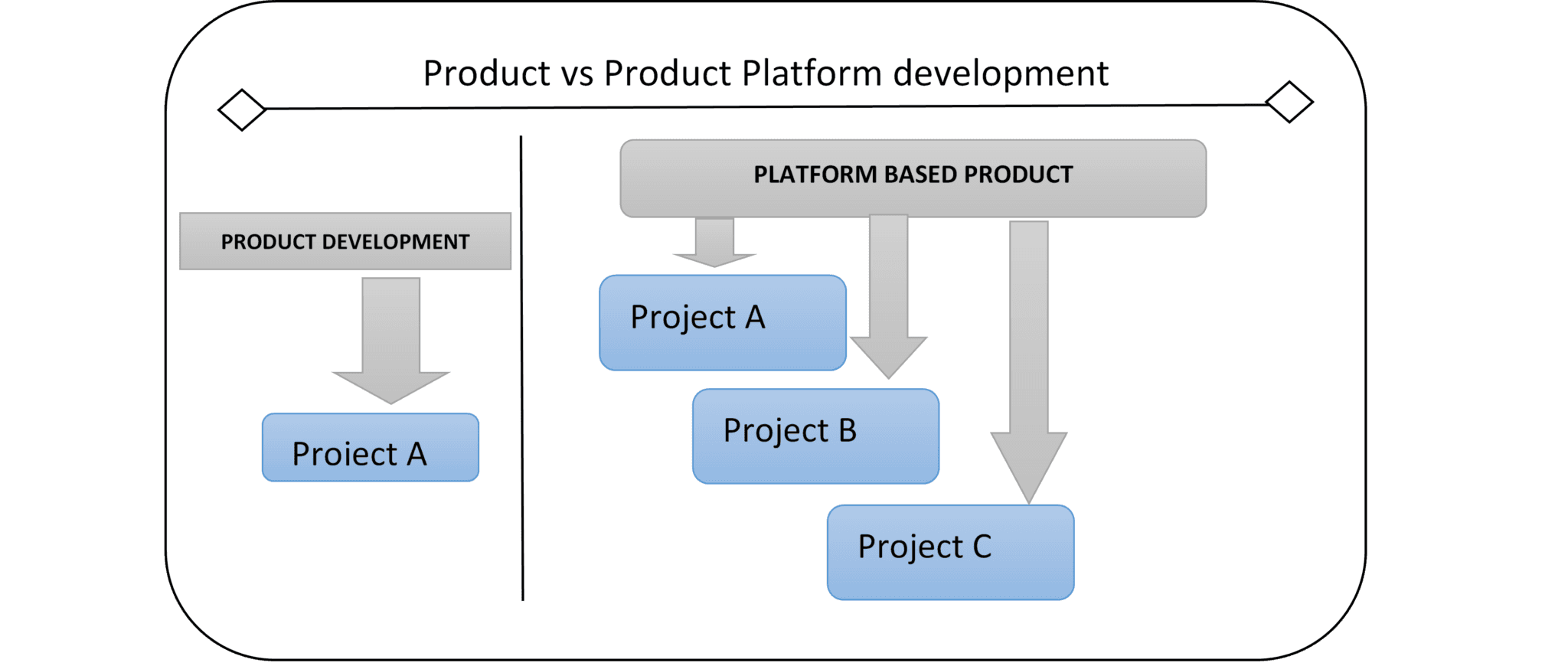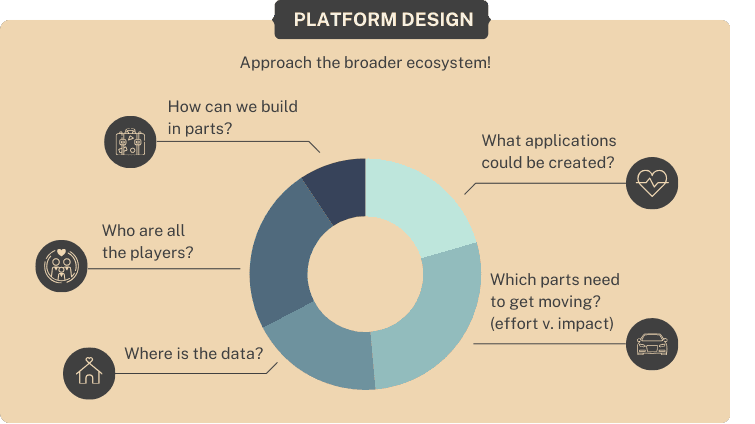Jul 31, 2024
Timothy J. Baio
While many innovators and entrepreneurs focus solely on developing a standalone app or service, there’s a strong and compelling argument for a broader digital platform approach from the outset. As both a seasoned digital innovation, software design expert and UX enthusiast, I’m here to explain why designing a digital platform alongside—or even before—your digital service idea, can be a game-changer for your innovation journey.
The Power of Platform Thinking
Digital platforms have become the backbone of many successful tech companies, from giants like Amazon and Google to newer players like Shopify and Airbnb. But what exactly is a digital platform, and why should innovators care?
A digital platform is an ecosystem that allows multiple participants—producers and consumers—to connect, interact, and exchange value. Unlike a single-purpose app, a platform creates a foundation upon which other products, services, and even businesses can be built.
Benefits of Early Platform Design
1. Scalability and Growth Potential
By designing with a platform mindset, you’re setting the stage for exponential growth. Platforms can scale more efficiently than standalone apps because they leverage network effects. As more users join, the platform becomes more valuable to all participants, creating a virtuous cycle of growth.
2. Foundational or Ecosystem Development
Platforms can enable third-party developers to contribute, expanding your offering without directly increasing your workload. This ecosystem approach can lead to rapid innovation and diversification or if that is not part of your business model, a Platform, well designed and planned, at the least serves as the foundation for all you want to build. This can include multiple apps, services, target audiences, or business models. A carefully planned micro service architecture can make that goal even easier and—geeking out here—really fun!
3. Data Leverage
Platforms generate vast amounts of data from various interactions. This data can be invaluable for improving user experience, identifying new opportunities, and making informed business decisions. Building a platform that has the ability to easily collect and store large amounts of previously unplanned or unforeseen data enables the team to expand without affecting the apps or web apps currently connected in, while ensuring that they can easily expand functions with this data as well.
4. Flexibility and Adaptability
A well-designed platform architecture allows for easier pivots and expansions. As market needs change, you can adapt more quickly than if you were constrained by a single-purpose app design especially when micro service partitions are in place and a loose-coupled API system is available and secure.
Integrating Platform Design into Your Innovation Process
So, how can innovators, both startup and corporate brands incorporate platform thinking into their ideation and design process?
Start with the Ecosystem View
Before diving into specific app features, consider the broader ecosystem your innovation could serve. We do this at Freshify, wherein we investigate the needs of all actors, groups, flows and data in order to understand just how powerful, flexible and expansive the ideal system could be. Who are the potential participants? What value exchanges could occur? This bird’s-eye view can reveal opportunities beyond your initial concept. From there, it’s not hard to begin to ideate iterations or web apps designed for specific market segments and personas. And the team can roadmap years into the future by imagining more than is currently needed.
Focus on Core Interactions
Then, to establish MVPs, or initial offerings, the team can identify and perfect the core interactions that will drive value in your platform for a particular product line, service or audience. These should be simple, repeatable, and capable of generating network effects. And you’ll be establishing a much more powerful foundation for your innovation plans.
Prioritize User Experience Across the Board
In a platform, UX isn’t just about your app—it’s about the entire ecosystem. When ideating a platform, the team will consider the experience of all potential users, including third-party developers and partners. A much more expansive view of possibilities and this almost always leads to brilliant ideas the team might never concept were they just creating wireframes for an app.
Real-World Success Stories
Consider Stripe, which started as a simple online payments processor but designed its infrastructure as a platform from day one. This foresight allowed Stripe to expand into a comprehensive financial services platform, now valued at billions of dollars.
Another example is Figma, which revolutionized design collaboration. By thinking in platform terms early on, Figma created an ecosystem where designers, developers, and stakeholders could all participate, leading to rapid adoption and eventually a multi-billion dollar acquisition by Adobe.
Conclusion
While developing a killer app or digital service for a targeted audience is still a valid path to success, innovators who think in platform terms from the outset set themselves up for greater long-term success and impact. By designing digital platforms alongside or even before specific app ideas, you’re not just creating a product—you’re building a foundation for an entire ecosystem of innovation.is still a valid path to success, innovators who think in platform terms from the outset set themselves up for greater long-term success and impact. By designing digital platforms alongside or even before specific app ideas, you’re not just creating a product—you’re building a foundation for an entire ecosystem of innovation.

Begin innovating with a “Platform as a Product” mindset.
“Platform as a Product” is an engineering, organizational concept, and design-thinking approach...
Read more
Aug 19, 2024

The Role of Venture Studios in the Startup Ecosystem
Venture studios are a new and innovative way to incubate and launch successful startups. But what....
Read more
Aug 19, 2024
Read More


